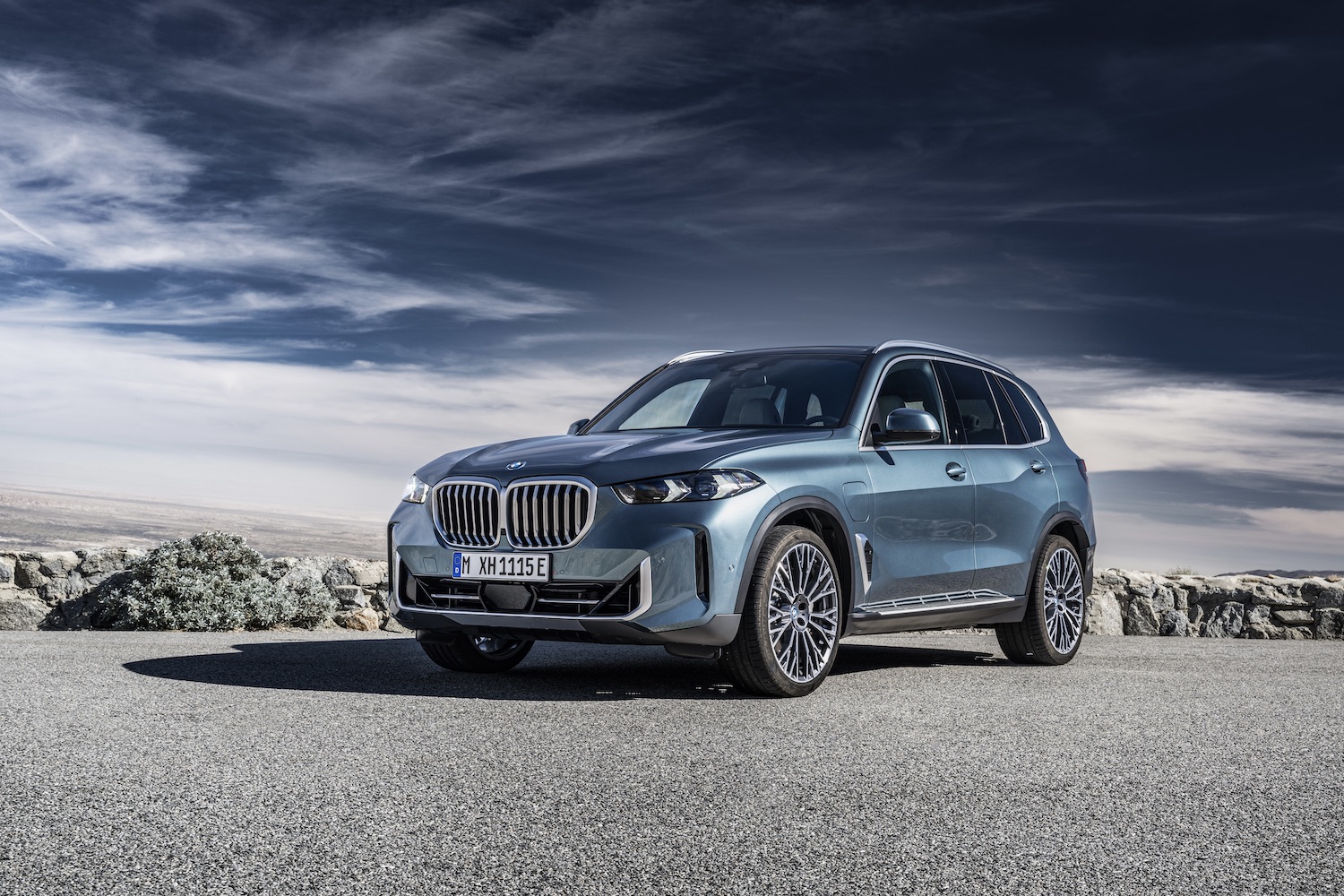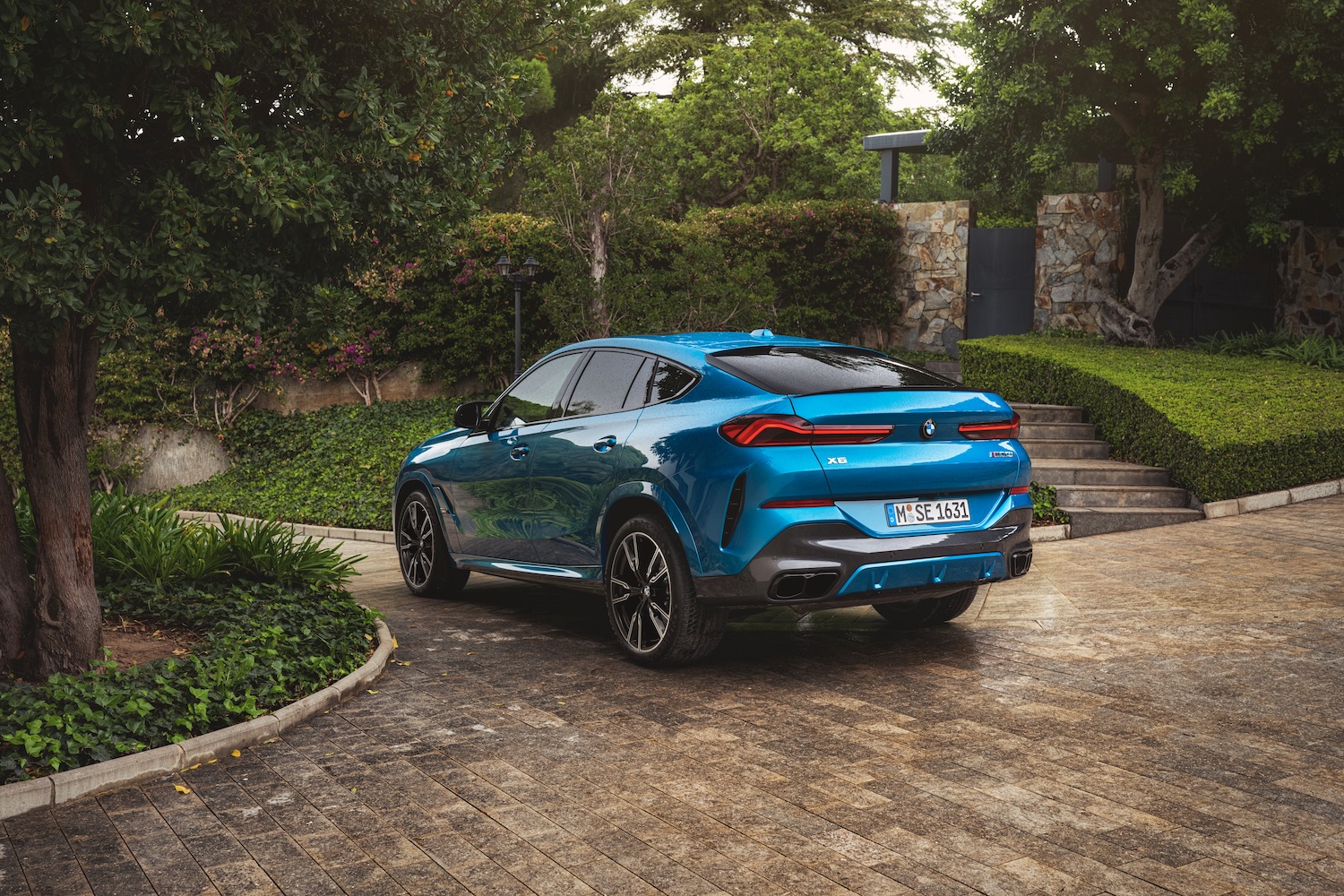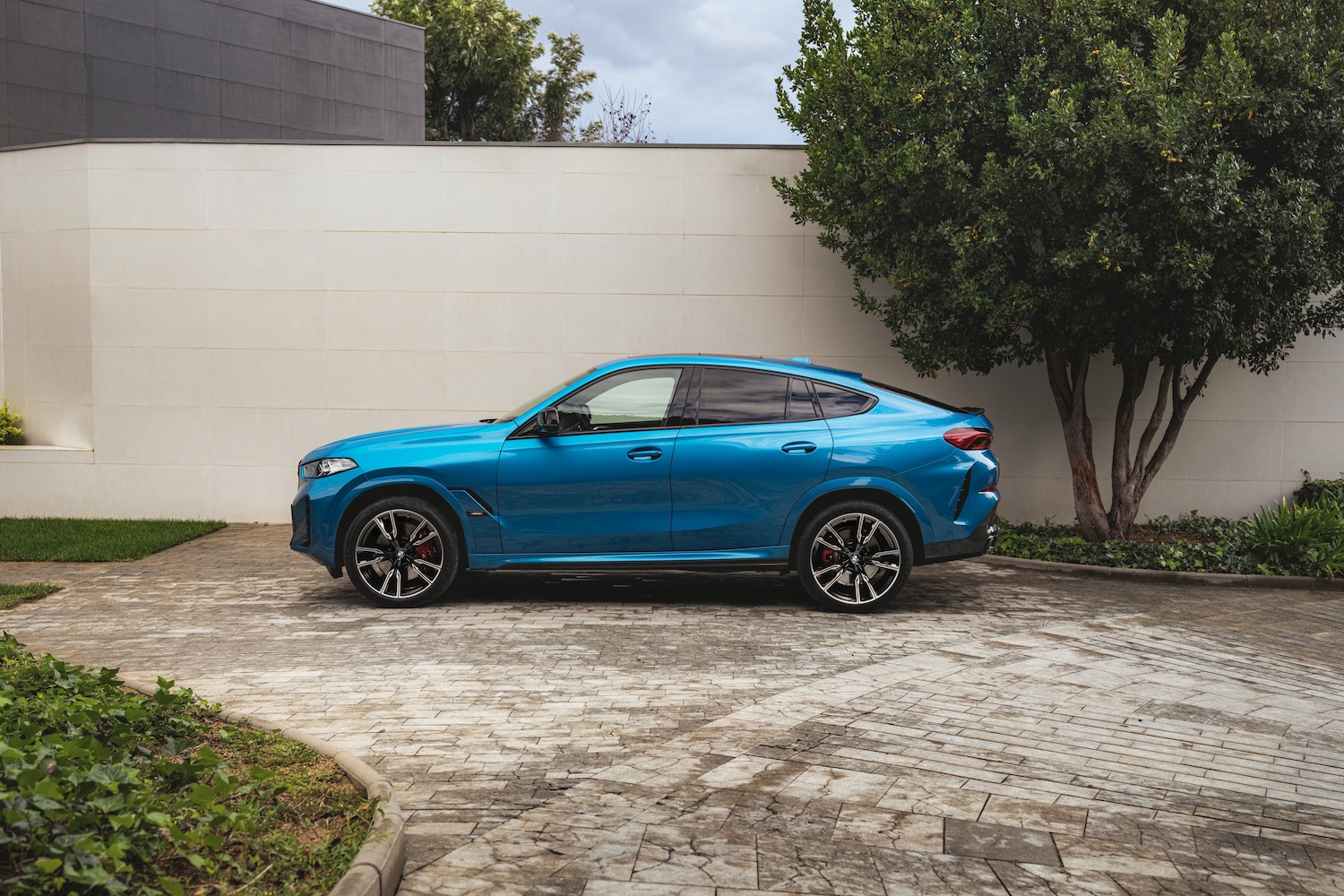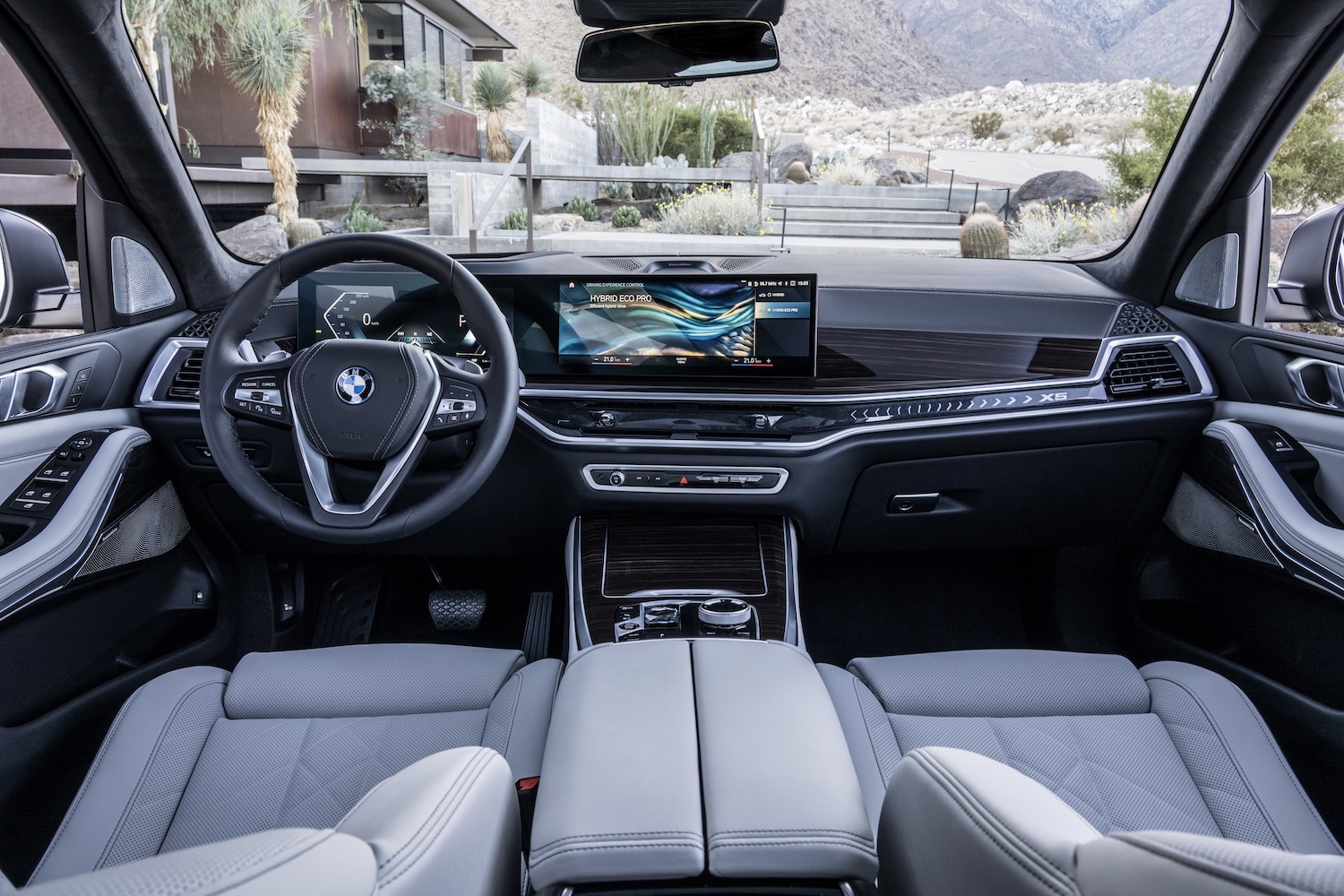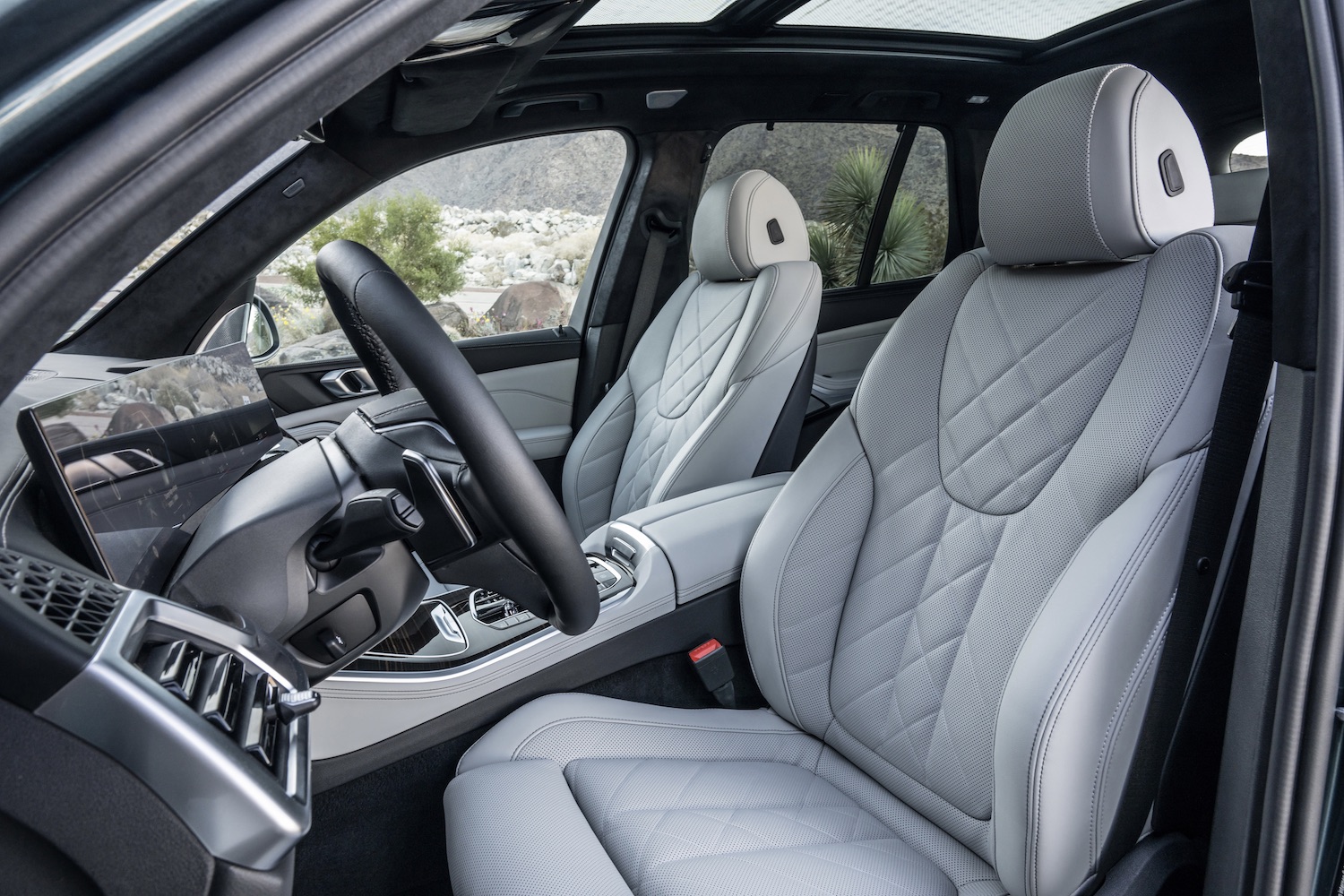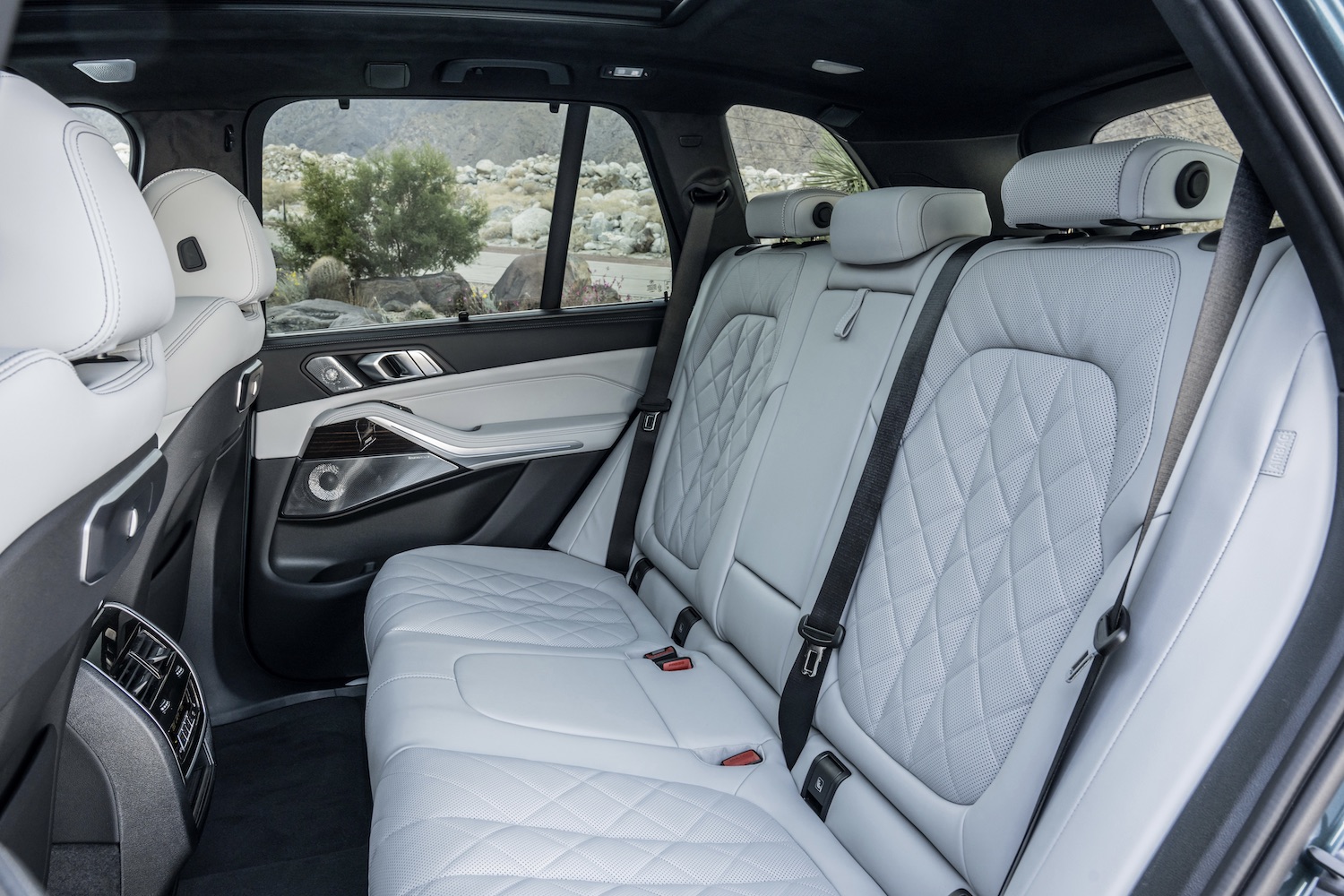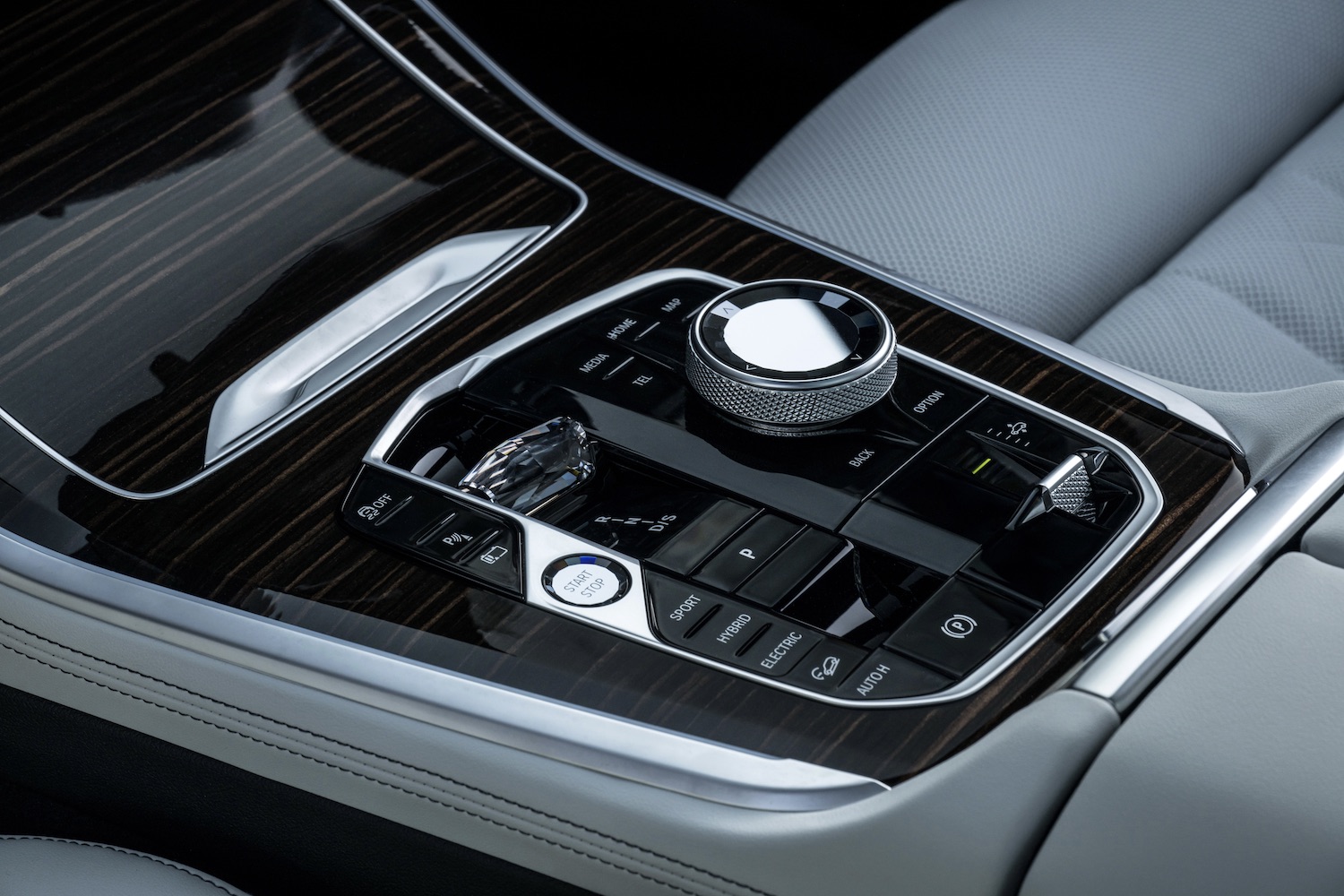BMW may be known for its high-performance sports cars and excellent driver-focused sedans, but the X5 was its best-selling model in 2022. The last time the X5 model was fully redesigned was in 2019, which means that it’s time for a host of updates. Enter the 2024 BMW X5 and its sportier X6 counterpart, which arrive with thorough mid-cycle refreshes. The main highlights are the introduction of a new inline-six engine with a 48-volt mild-hybrid system, improved efficiency for the plug-in hybrid model, and a new interior design with added tech.
Both the X5 and X6 40i models will continue to come with a turbocharged 3.0-liter six-cylinder engine, but the motor has been redesigned for 2024. In addition to the new engine, the 40i models are now hybrids, too. The six-cylinder engine gets a 48-volt mild-hybrid system with an electric motor that’s integrated into the eight-speed automatic transmission. With the new engine and the addition of the mild-hybrid system, the base X5 and X6 models are now rated at 375 horsepower and 383 pound-feet of torque. These are upgrades from 335 hp and 330 lb-ft from the outgoing model.
SUVs with the M60i designation also get a new twin-turbo 4.4-liter V8 engine that also benefits from the 48-volt mild-hybrid system. Output for the V8 remains the same at 523 horsepower and 553 pound-feet of torque as the outgoing M50i trims.
BMW has made some major updates to the available plug-in version of the X5. Last year, the PHEV was called the xDrive45e, but for 2024, it’s called the xDrive50e. The new PHEV model features a revised turbo 3.0-liter six-cylinder engine and a more powerful electric motor. The powertrain is now rated at 483 horsepower and 516 pound-feet of torque, which represents an increase of 94 horsepower and 185 pound-feet of torque.
In addition to the more powerful engine and punchier electric motor, the xDrive50e also gets a larger 25.7-kWh lithium-ion battery pack. BMW claims that the new battery should give the xDrive50e an all-electric range of roughly 40 miles on a single charge. That’s an impressive increase of 10 miles over the current xDrive45e. Owners will spend less time charging their SUV, too, thanks to the addition of a new 7.5-kW charging unit.
On the inside, the 2024 X5 and X6 adopt BMW’s new interior design that sees a 14.9-inch touchscreen and a 12.3-inch digital instrument cluster integrated into a single piece of curved glass. BMW has had to redesign the dashboard and move some controls around, but the changes result in a far more tech-forward midsize SUV. The two screens are running what BMW is calling Operating System 8. While it sounds like a secret launch code for a nuclear weapon, it refers to the new operating system that’s faster and more flexible than the old iDrive software. It’s meant to mimic your smartphone’s operating system and brings an augmented reality feature for the nav system.
Another highlight is a new parking feature that’s called Reversing Assistant. It’s standard on the X5 and X6 and allows the SUVs to reverse on their own. BMW’s press release isn’t really clear on how the system works, but if you drive forward at a speed of less than 22 mph, the SUV can memorize the steering movements and then reverse on its own for up to 164 feet. The automaker claims that the automated reversing feature is useful in confined spaces or in areas where the driver doesn’t have a clear view. If you spec your X5 or X6 with the available Parking Assistant Profession, the Reversing Assistant feature can store movements and reverse for up to 656 feet. Additionally, the available package lets owners control the SUV from their smartphone through the MY BMW App to squeeze into and out of tight spots. This sounds like a clone to Hyundai’s Remote Smart Parking Assist.
Elsewhere, you’ll notice the updated designs, which aren’t nearly as polarizing as things we’ve seen from BMW’s other SUVs – like the X7 and the radical XM EV. The SUVs also gain Sensafin synthetic leather upholstery, upgraded adaptive M suspension that’s optional, standard rear-wheel steering for the M60i trims, and a new Highway Assistant feature for hands-free driving on the highway.
As one could imagine, the changes result in a higher price tag for the 2024 BMW X5 and X6. The X5 now starts at $66,195, while the sportier BMW X6 costs $74,895. Production of the SUVs will begin in South Carolina later this April. We expect the upcoming X5 M and X6 M to arrive with similar changes for the 2025 model year.
